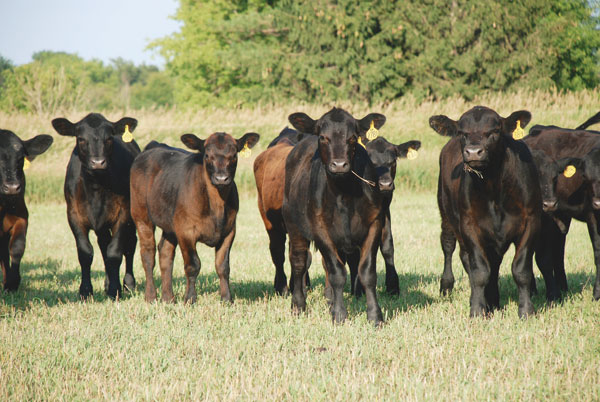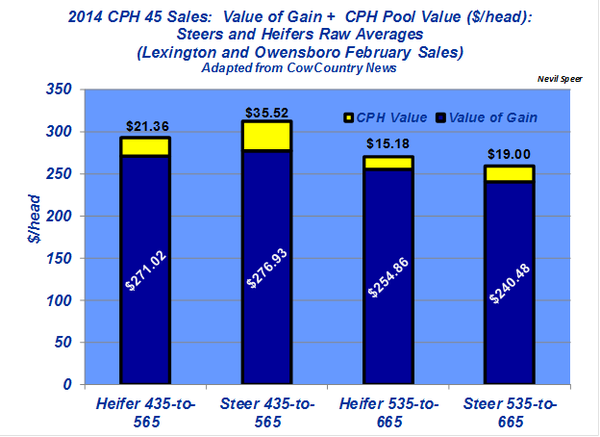Industry At A Glance: 2014 CPH 45 Sales
The hardest part for many producers to deal with when discussing value-added marketing programs is the reality that some marketing independence must be sacrificed.
May 13, 2014

Previous Industry-At-A-Glance charts have focused on potential revenue derived from value-added marketing programs through either video sales or state-sponsored sales. Generally, a producer's added investment in the calf crop results in additional revenue (that typically outstrips costs) from two different perspectives.
• First, by keeping calves at home, there’s the opportunity to realize the benefit of the additional marketed weight (value of gain).
• Second, the additional gain provides opportunity to precondition and/or background those calves to take full advantage of value-added marketing pools.
The CPH-45 (Certified Preconditioned for Health – weaned at least 45 days) program in Kentucky is an excellent example of those principles. The data in the accompanying chart represents the additional revenue available through the marketing system. For example, taking a heifer or steer calf from 435lbs. to 565 lbs. garnered an additional $270 and $277/head, respectively, from the market. Meanwhile, adding 130 lbs. to a 535-lb. heifer or steer earned an additional $255 and $240/head, respectively.

The preconditioning program also made the calves eligible for marketing premiums via special CPH sales. That premium reaped anywhere from $15 to $35/head across the four categories. In other words, the retained ownership/preconditioning investment garnered additional revenue from two separate sources.
Additional revenue derived from such programs varies by season and region depending upon market dynamics at the time. However, the principles remain in place and are relatively consistent across all sorts of programs. Perhaps the hardest part for many producers to deal with when discussing these types of programs is the reality that some marketing independence must be sacrificed.
Clearly, there are additional constraints, or else there would be more numbers in these types of programs. Given the repeated favorable results for many producers, what factors hinder greater participation? Do you foresee more numbers being weaned and/or preconditioned at the farm or ranch before entering the market in the future? Leave your thoughts in the comments section below.
You Might Also Like:
What Price Does The World Pay For Shunning Technology?
Industry At A Glance: Comparing Prices At The Meat Counter
About the Author(s)
You May Also Like




.png?width=300&auto=webp&quality=80&disable=upscale)
